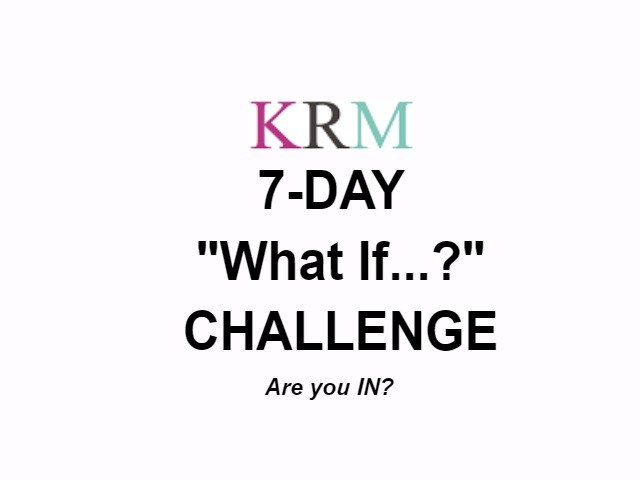| Leadership (and life) is a series of stimuli and responses. Something occurs, then we RE-act… based on the meaning we place on what just happened. Ideally, we make mindful decisions that lead us towards success, but we also rely on our “muscle-memory,” at times inadvertently setting us on a course that may keep us (and our organizations) “stuck” professionally.
Regardless of which path we take, there is a split second moment during which we make an assumption about the “thing” that just happened. We place a judgment or value on the initial fact. It’s in this split second where we can set ourselves up for disappointment, failure, or feelings of frustration, OR create a breakthrough that leads to further success and momentum. HOW CAN WE TELL THE DIFFERENCE? Let’s look at some practical examples of initial facts:
Using the examples above, your reasonable assumptions might look like best practices, industry standards, and appear as obvious. For example:
And then, you would take reasonable actions based upon those assumptions. Using the above, examples might include initiating a disciplinary process, not engaging in your interview process, and reducing your programming or overhead budget, etc. NEWS FLASH What if the assumptions you’ve made about those initial facts were completely incorrect? Stop and think about this. What might the impact be – to you, to the other person, or to your organization if your assumption was false? Or there was more to the story? Or you couldn’t ACTUALLY know what someone was thinking? What if the complete opposite of your assumption was true? How would the chain RE-actions change, knowing what you know now? This past week there have been multiple opportunities to help my clients test the assumptions they were making about a “fact.” Our processes revealed some interesting insights, and created transformational shifts in mindset, approach, strategies, and a deeper understanding of patterns that, as leaders, we may repeat over and over – even when they can look a lot like best practices, being practical, and issues having nothing to do with us! The importance of noticing, observing and testing the assumptions you place on the “facts” cannot be overstated. AN INVITATION: TAKE MY 7 DAY “WHAT IF…?” CHALLENGE Over the next seven days, I invite you to look for ways you can challenge your own assumptions, both at the macro level – perhaps in planning meetings or when attending conferences – and at your split-second day-to-day encounters and decision-making. Here’s how it works:
Challenging ourselves as leaders in this way can create deeper insights, learning, and clarity in our areas of focus and purpose. It can create increased confidence, be an exhilarating practice, and an important tool for transformation. It can also be a temporarily unsettling process, with feelings of vulnerability, humility, and un-groundedness, as new thoughts and perspectives are noticed and assessed. The guidance of a coach or “third eye” helps create a structured process and objective lens to re-view any limiting assumptions. If you’re interested in learning more about the Leadership Intensive, and how this process can support YOUR leadership goals, let’s get on the phone! To your success, Kathryn |





